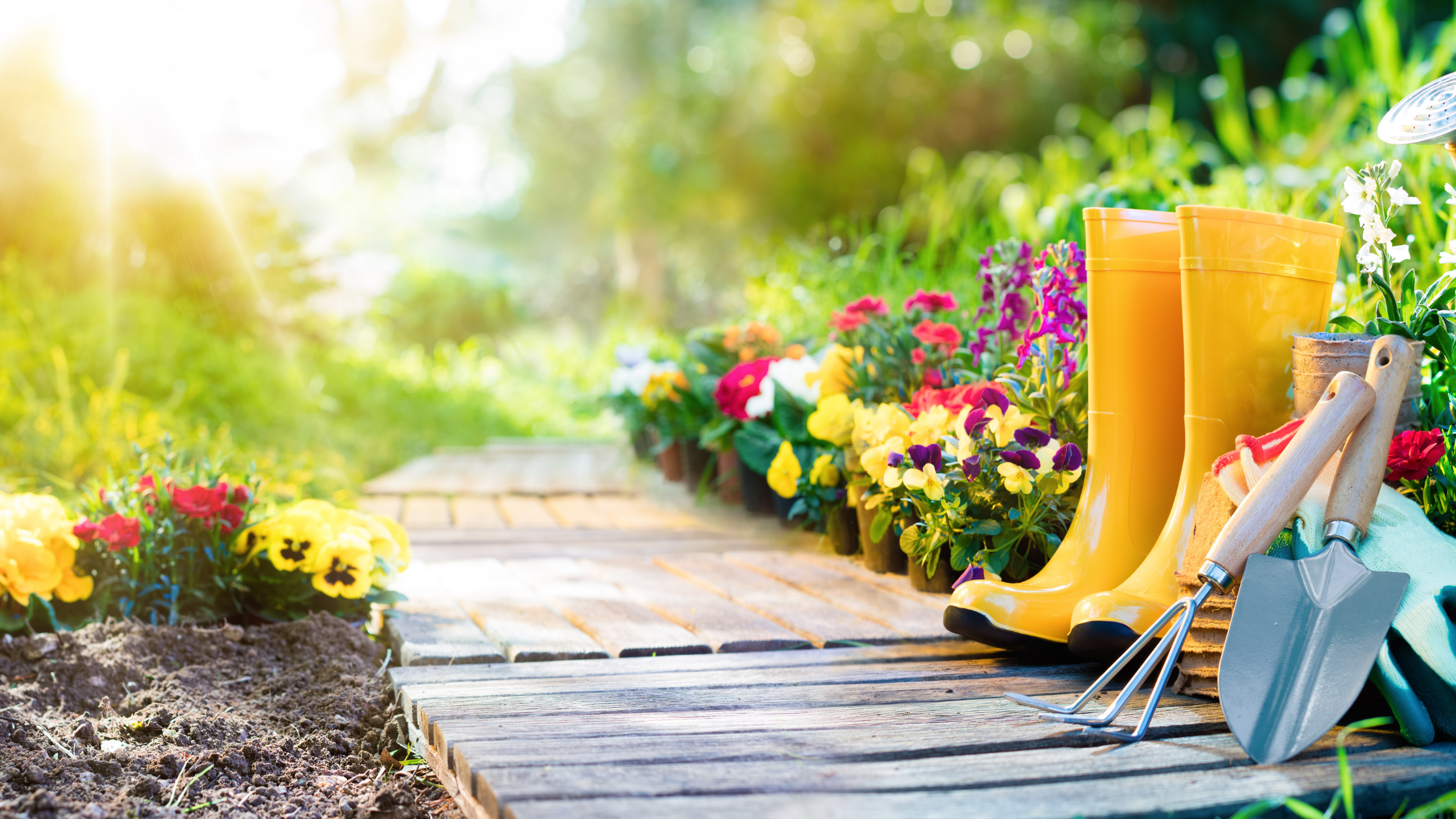Whether you just bought a new home or you’re looking to sell your home, it’s always a good idea to pay attention to your garden’s overall appeal. If you’re moving into a new home, you can make plans to cultivate a yard that bees, butterflies and other pollinators will love. And if you’re selling a home, there are several things you can do to help your yard and garden appeal to potential buyers.
Amy Galloway, horticulturist at the Lady Bird Johnson Wildflower Center in Austin, says it’s most likely that whatever works for pollinators in a garden works for people too.
“You want a garden with a lot of color and different shapes and different plants,” she says. “All of that works hand in hand with what the pollinators need as well. They need a lot of different flowers, so a good mix will draw them all in.”
Texas native plants are the best kinds to have in your garden, Galloway adds, because they have been in the area for a long time and have evolved with the native pollinators as well.
“If you’re using native plants, you most likely won’t need to use any fertilizers or pesticides, because these plants are already adapted to our area and will thrive will little care,” she says. “These plants are also conditioned to be able to survive the Texas summer heat.”
While summer gardens may be at the forefront of most people’s minds for now, having a lush garden during the spring and fall months is important, too, Galloway says.
“Specifically, for pollinators, you want to make sure you have something for them in your garden in the spring and in the fall, because those are their important times,” she adds. “Most spring plants bloom into early summer and then fall plants start blooming in late summer, so they all work together in that way.”
Galloway used the example of Monarch butterflies, who migrate annually to Mexico for the winter, as one pollinator that needs to have plenty of nectar available to them during the fall while they’re making their journey.
Having a water source in your yard is another way to add appeal and provide hydration for pollinators.
“Having a bird bath or something like that is great, but just make sure you change the water two to three times a week so you don’t get mosquitoes, and make sure you don’t let any pesticides get into the water,” Galloway says.
Another way to add appeal and shelter for pollinators is to cover the ground with mulch to help retain moisture in the soil and incorporate native grasses into your yard’s landscape.
“Grasses can add a nice texture to your garden flowers,” Galloway says. “They also add a great background to whatever you’re trying to focus on.”
Galloway adds that another way to bring more nature to your yard is to find ways to attract birds. There are numerous plants that will attract birds to your yard if that’s your goal. Plants like the trumpet vine or the red salvia, which has bright red, tubular flowers, will attract hummingbirds, while other birds might be interested in the berries from the beautyberry shrub or the seeds from the Maximilian sunflower.
Using the Lady Bird Johnson Wildflower Center’s database here is a great way to find specific plants to attract the pollinators you want, Galloway says. The database can also be used to search for native plants, deer resistant plants, specific blooming times and more.
“If you’re trying to sell your home at a certain time, you can click on the month you’re selling in and you can select your region,” she adds. “Then you’ll know what to have in your yard that will be blooming and thriving when [potential buyers] come to tour your home.”
Galloway also shared a list of her favorite flowers for Central Texas gardens, all of which you can learn more about on the Wildflower Center’s database:
If you’re ready to buy a new home, let Andrea Curry, residential and commercial Realtor® with JB Goodwin, help you find one with the right garden for you. Ms. Curry has more than 13 years of experience serving the Austin and Central Texas areas. Call (512) 547-0823 today!


 Facebook
Facebook
 X
X
 Pinterest
Pinterest
 Copy Link
Copy Link
